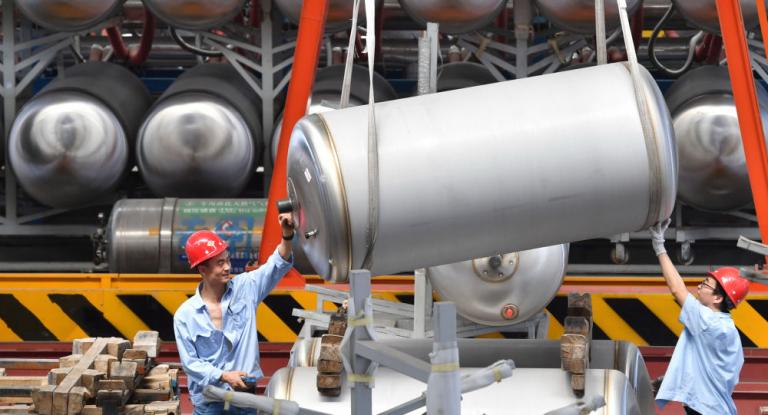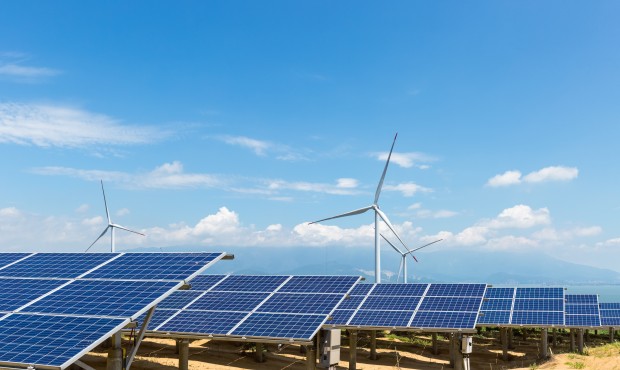China’s Energy Industry(Part 1)
2 min readChina’s energy industry,along with the rest of its economy,is developing in leaps and bounds.Power shortage has presented a formidable problem for China in recent years,providing certain challenges to the country’s budding industrial mechanism.But recent shortages by no means reflect a fundamental lack of energresources that will spell an enduring handicap.On the contrary,projects in theenergy sector are underway across the map,and China’s supply of power is set t reach a glut as early as 2007,overtaking even the current ferocious rate of growing energy demand.
Foreign-investment opportunities exist ranging from bringing traditional power generation and transmission equipment plants into the twenty-first century t exciting prospects in renewable and earth-friendly resources on a scale yet unseen.

China’s main energy source is coal by quite a sizable margin,accounting for upwards of 65%of the country’s total energy consumption,compared to around 25%forthe rest of the world.China is largely selfsufficient in terms of coal reserves and leads the world in both consumption and production.
But coal presents several problems,one of them being its impact on the environment and the related costs of cleanup and healthcare.Power shortages also sometimes stem from transport network capacity problems which delay coal shipments.

A popular solution to coal transportation problems in recent years has been the placement of power plants close to coalfields or ports,allowing for coal to be converted straight to electricity and delivered to consumers over power lines instead of rail lines.
Solutions to environmental problems lie both in reducing the role of coal in China’s energy plans and in finding ways to use coal more cleanly.Methods such as gasification and liquefaction,coal washing,and cleaner coking technology are increasingly being explored.
In 2003,China surpassed Japan as the world’s second largest importer of oil.
But Beijing officials are understandably wary of developing a dangerous reliance on the potentially unstable foreign oil supply.China’s current standing oil reservesamount to around 18 billion barrels,just over three days of national consumption.
In comparison,the United States maintains about two months worth of oil in standing reserves.Attention is being focused on developing China’s domestic oil reserves to equa1 30 days worth of imported oil by 2008.

About half of China’s petroleum imports come from the Middle East,and Chinese energy planners are looking for a greater diversification of foreign oil supplies that will be more resistant to political factors.Other oil sources being pursued include pipeline projects with Russia and Central Asian countries as well as imports from Africa and South America.








